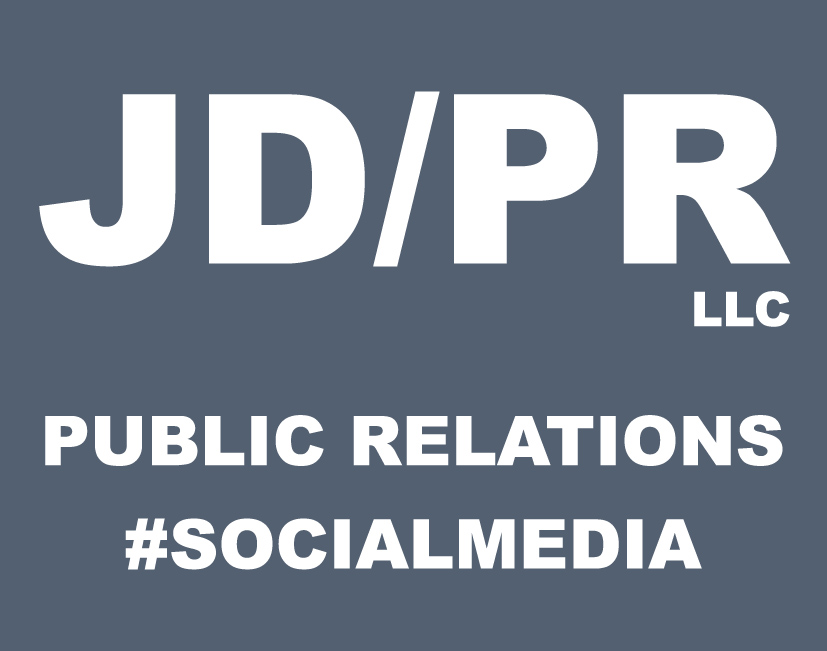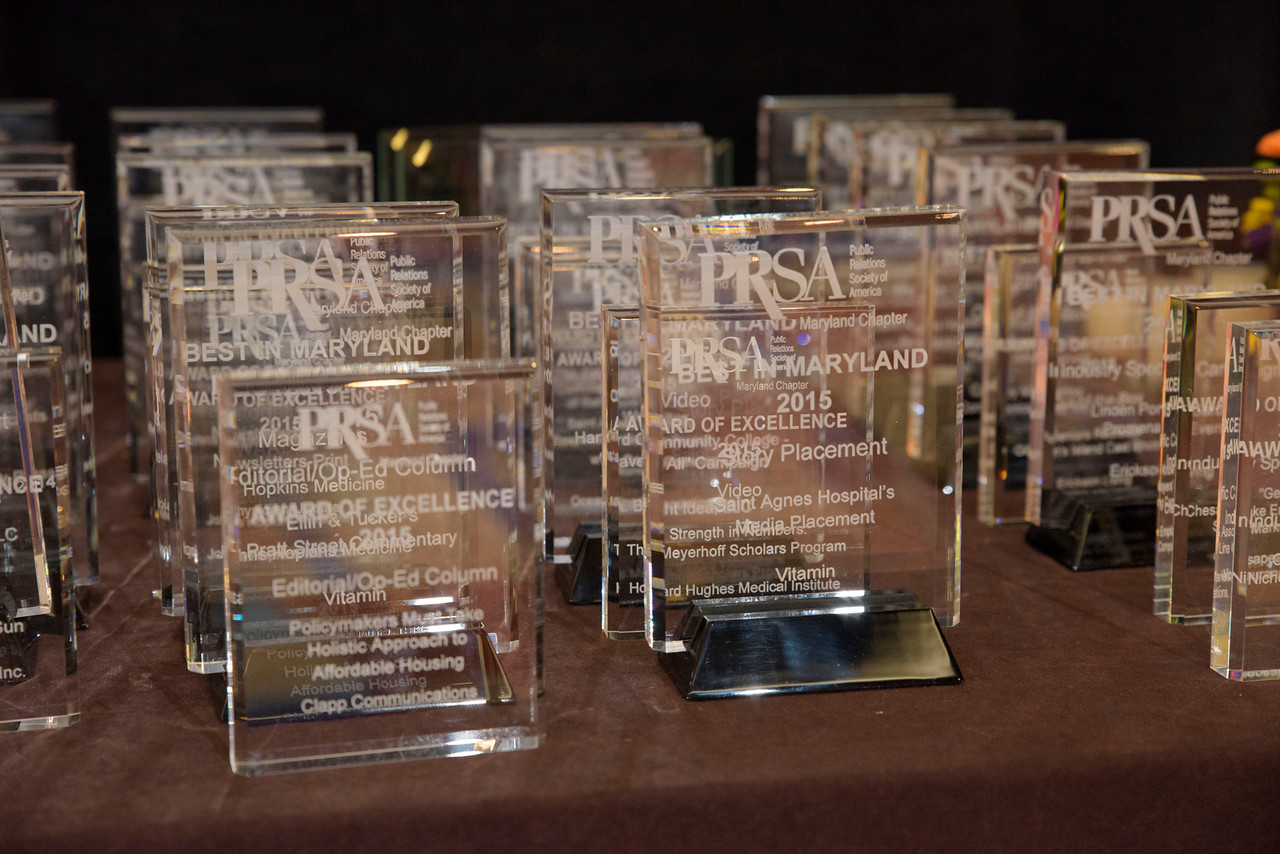A Practical 2016 To-Do List for Communicators
We don’t need another “2016 predictions” post, so here is a checklist showing my take on where the top communications topics stand today and what you should either be doing or experimenting with this year. Here goes:
1. Do you have a social media policy in place? One that encourages employees to amplify your organization’s messages? What about training? Consider offering workshops so they’ll understand what’s allowed/encouraged so you can reap the benefits of multiple people sharing your messages through a planned amplification strategy.
2. Video is big now, and it’s easy to add to your communications mix with tools such as Periscope, Meerkat and Blab. Follow the Baltimore Police Department on Periscope for ideas on how they are using video to share important messages.
3. Also in the video category (kind of) is Snapchat. This tool has lots of potential for companies, so sign up for an account and check out the ways The Washington Post, Dr Pepper, Taco Bell and Gary Vaynerchuk are using it. Maybe it’s too early for you, but check it out so you can be aware of its potential.
4. Twitter has been around since 2006. That’s 10 years. It’s not new, it’s not that complicated and it is the best way to communicate with the media and your own cultivated audience. Time to either participate or fine-tune how you use Twitter.
5. Podcasting is catching on (again), and more marketers are deciding it’s time to see if it’s a fit. If you need to explain a product in greater detail or if you want to share in-depth thinking from your company, podcasts are an easy way to share a complex message while providing content to share on social.
6. This is not a new concept, but think “mobile first” when designing a website, creating social posts (meaning shorter copy, emphasis on visuals), and even your crisis communications plan (see next item).
7. When was the last time you updated your crisis PR plan? Does it still list media fax numbers? Is it sitting on a shelf in a three-ring binder? It’s time to introduce social into your plan – for monitoring as well as response — and to ensure it is accessible and actionable from a mobile device. This will go a long way in protecting your brand/reputation and could be the most important step in this list.
8. LinkedIn is more than a place to send and accept requests to connect. Your content strategy need to leverage LinkedIn, so look for ways to share interesting posts and look for ways to publish your own with LinkedIn’s Pulse tool.
9. Watch the evolution of virtual reality, or VR, and how it might fit into your communications. What abut a VR tour of your college campus? A detailed look at your plant or production process. Still in the early stages, 40 VR companies were at the Consumer Electronics Show this year, compared to about two dozen last year.
10. Don’t abandon traditional media – there’s still a big audience to reach – but move away from the old-school “PR by press release” and shift toward providing the tools today’s reporters are looking for: heavy on images, video and social. Explore native advertising and sponsored content.
Lists end at 10, right? If you have more insights to share, let me know.
Futuristic pneumatic passenger car image from The New York Public Library’s newly released collection of public domain works.






Leave a Reply
Want to join the discussion?Feel free to contribute!